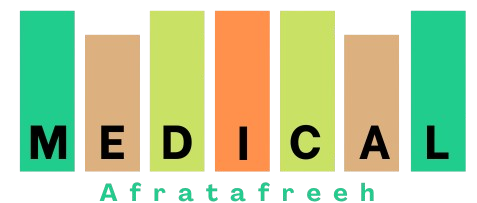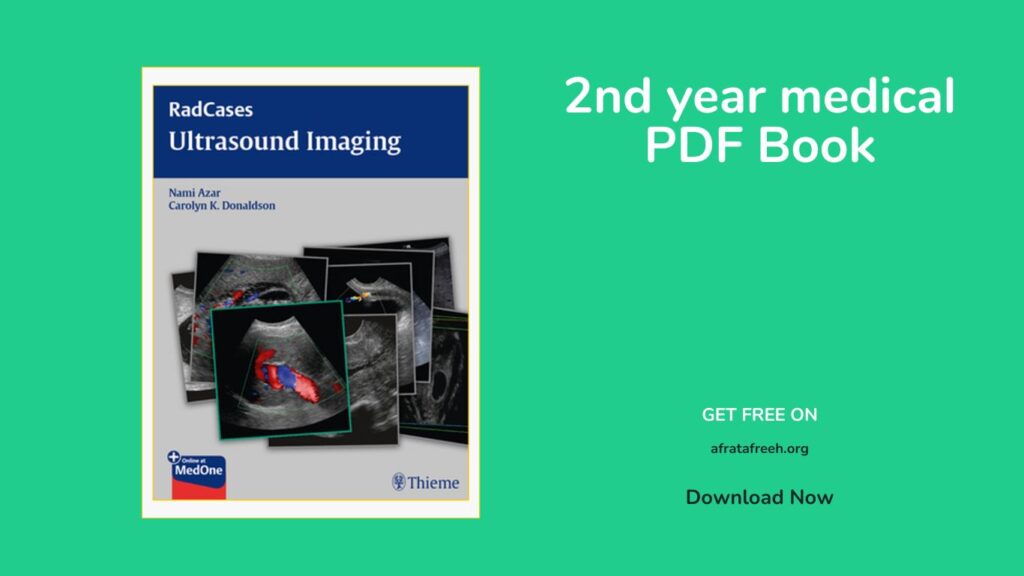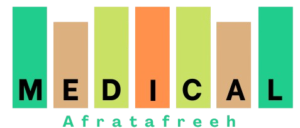Reaching your second year of medical school marks a crucial shift. You move from understanding the body’s structure and basic functions to confronting why things go wrong and how to fix them. It’s often described as both exhausting and exhilarating. Knowing the core subjects, the best PDF books (and where to find them), and effective study strategies tailored to this demanding year is your key to not just surviving, but thriving. This guide cuts through the noise, giving you the precise information you need.
Core Second Year Medical Subjects: The Pillars of Disease & Treatment
This year dives deep into the mechanisms of disease and the body’s responses, laying the groundwork for clinical practice. The core subjects are universally recognized, though syllabus names and emphases can vary slightly by country and curriculum (like CBME in India, NMC guidelines, or integrated systems in the US/UK).
-
Pathology: Understanding Disease at its Core
-
What You Truly Learn: The scientific study of disease – its causes (etiology), development (pathogenesis), structural changes (morphology), and functional consequences. Covers General Pathology (principles common to all diseases) and Systemic Pathology (disease processes in specific organ systems).
-
Why It’s Absolutely Vital: This is the foundation of diagnostic medicine. Understanding pathology allows you to interpret lab results, biopsies, and imaging, and forms the basis for understanding treatment rationales. It’s arguably the single most important subject for clinical reasoning.
-
Essential PDF Books (and Where They Shine):
-
Robbins and Cotran Pathologic Basis of Disease (Kumar, Abbas, Aster): The undisputed global gold standard. Comprehensive, authoritative, clinically integrated. Used heavily in India (under NMC/CBME), the USA, UK, Canada, Australia, and many European/Asian medical schools. PDFs are widely sought after due to cost.
-
Rubin’s Pathology: Clinicopathologic Foundations of Medicine (Reisner): A strong alternative, known for its clarity and excellent clinical correlation. Popular in the US and integrated curricula.
-
Harsh Mohan’s Textbook of Pathology: Highly popular and tailored specifically for Indian medical students (NMC syllabus), known for its concise presentation and exam-oriented approach. PDF versions are extremely common among Indian students.
-
Underwood’s General and Systematic Pathology (Cross): A concise yet solid option, favored in the UK and some Commonwealth countries.
-
-
-
Pharmacology: Mastering the Medicine Cabinet
-
What You Truly Learn: The science of drugs – their sources, properties, effects, mechanisms of action, therapeutic uses, and adverse effects (including toxicity). How the body handles drugs (pharmacokinetics) and how drugs affect the body (pharmacodynamics).
-
Why It’s Absolutely Vital: You cannot treat patients effectively without understanding how drugs work, interact, and cause side effects. Directly applicable to every clinical specialty.
-
Essential PDF Books (and Where They Shine):
-
Katzung & Trevor’s Basic & Clinical Pharmacology: Renowned for its clarity, strong clinical focus, and excellent diagrams. A top choice in the USA and globally. PDF versions are popular study aids.
-
Goodman & Gilman’s The Pharmacological Basis of Therapeutics: The most comprehensive reference, diving deep into mechanisms. Used extensively by postgraduates and serious students worldwide, often consulted alongside a primary textbook. PDFs are valuable references.
-
KD Tripathi’s Essentials of Medical Pharmacology: The dominant textbook for Indian medical students (NMC syllabus), highly systematic and exam-focused. PDF availability is widespread in India.
-
Rang & Dale’s Pharmacology: Highly respected, particularly in the UK, Europe, and Commonwealth nations, known for its readability and strong scientific foundation.
-
-
-
Microbiology: Battling the Invisible World
-
What You Truly Learn: The study of microorganisms (bacteria, viruses, fungi, parasites) – their biology, identification, pathogenesis of the diseases they cause, and the principles of diagnosis, treatment (antimicrobials), and prevention (immunology often overlaps here).
-
Why It’s Absolutely Vital: Critical for diagnosing infections, selecting appropriate antibiotics, understanding emerging diseases, and grasping public health principles like vaccination and hygiene.
-
Essential PDF Books (and Where They Shine):
-
Jawetz, Melnick & Adelberg’s Medical Microbiology (Butel): A classic, well-organized text known for its clarity and clinical relevance. Widely used in the USA.
-
Murray’s Medical Microbiology: Comprehensive and detailed, popular in integrated curricula and globally. Strong visuals.
-
Ananthanarayan and Paniker’s Textbook of Microbiology: The cornerstone textbook for Indian medical students (NMC syllabus), covering the syllabus exhaustively. PDFs are ubiquitous study tools in India.
-
Mims’ Medical Microbiology (Goering, Dockrell, Zuckerman): Excellent for conceptual understanding and clinical application, very popular in the UK, Australia, and Europe.
-
-
-
Forensic Medicine & Toxicology (Often Combined):
-
What You Truly Learn: The application of medical knowledge to legal matters (cause/time of death, injury interpretation, sexual offences, identification) and the study of poisons, their effects, detection, and management.
-
Why It’s Vital: Essential for understanding medico-legal responsibilities, death certification, and managing poisoning cases. Crucial for public health and legal systems.
-
Essential PDF Books (Primarily Region Specific):
-
V.V. Pillay’s Textbook of Forensic Medicine and Toxicology: The definitive and most popular text for Indian medical students (NMC syllabus). PDFs are standard.
-
K.S. Narayan Reddy’s Essentials of Forensic Medicine and Toxicology: Another major reference in India.
-
DiMaio & DiMaio’s Forensic Pathology: A key reference in the USA, often used alongside jurisdiction-specific materials.
-
Baselt’s Disposition of Toxic Drugs and Chemicals in Man: The gold standard reference for toxicology interpretation, used globally by professionals.
-
-
Who Needs These Second-Year Medical PDF Books?
-
MBBS/BDS Second-Year Students: The primary global audience.
-
International Medical Graduates (IMGs): Preparing for licensing exams (USMLE, PLAB, NEXT) often rely heavily on core PDFs like Robbins, Katzung, and Jawetz.
-
Postgraduate Students: Referencing foundational texts during specialization.
-
Medical Professionals: Quick reference or refreshers on core principles.
-
Researchers: Understanding disease mechanisms and drug actions.
Conquering Second Year: Data-Driven Study Strategies That Work
This year demands a different approach than first year. Rote memorization fails. Focus on integration and clinical application:
-
Pathology is King, Connect Everything: Start with the disease process (Pathology). Then ask: What bug causes it? (Microbiology). What drug treats it? (Pharmacology). What are the legal implications? (Forensics). Build disease profiles.
-
Active Recall & Spaced Repetition are Non-Negotiable: Use Anki religiously. Create cards for disease mechanisms, drug classes (MOA, uses, SE), key microbes, forensic definitions. Review consistently – daily is ideal. PDFs are great for screenshots to embed in cards.
-
Question Banks are Your Best Friend: Apply knowledge immediately. Use resources like:
-
Prepladder, Marrow, DAMS (India – NMC/NEXT focused)
-
USMLE-Rx, Kaplan Qbank, Amboss (Global/USMLE focused)
-
Passmedicine, Pastest (UK focused)
-
University Past Papers (Crucial for local exams)
-
-
Focus on Mechanisms, Not Just Facts: Understand why a drug causes a side effect, how a virus evades immunity, what cellular changes define a specific cancer. This deep understanding aids long-term retention and clinical application.
-
Visualize Relentlessly: Sketch disease pathways, draw drug mechanisms, map microbial life cycles. Use mind maps to integrate topics (e.g., all drugs affecting the heart).
-
Leverage PDF Advantages:
-
Search Function: Find specific terms instantly across the entire book.
-
Portability: Study anywhere on laptop/tablet/phone.
-
Annotation: Highlight and add digital notes directly onto pages.
-
Cost-Effectiveness: Often significantly cheaper or more accessible than physical copies (though support authors when possible!).
-
-
Find Reliable PDF Sources (Use Responsibly):
-
Official Publisher Platforms: Often offer ebook/PDF versions for purchase (e.g., Elsevier ClinicalKey, McGraw-Hill AccessMedicine, Wolters Kluwer Ovid). Highly Recommended.
-
University Libraries: Many provide licensed digital access to core textbooks.
-
Reputable Medical Resource Sites: Some offer legitimate sample chapters or open-access materials (e.g., NCBI Bookshelf has free texts like StatPearls).
-
Caution: Avoid illegal torrent/pirate sites. They are unethical, often contain malware, and provide outdated/inaccurate versions. Quality matters for your education and patient safety.
-
Building Your Clinical Foundation: Why Second Year Matters Most
Your second year transforms you. By mastering the language of disease through Robbins or Harsh Mohan, understanding the power and peril of drugs with Katzung or Tripathi, unraveling the microbial world with Jawetz or Ananthanarayan, and grasping medico-legal principles with Pillay, you build the essential bridge between basic science and the patient’s bedside.
This knowledge isn’t just for exams; it’s the bedrock of safe, effective patient care you’ll provide for decades. Embrace the challenge. Use your PDFs strategically, study actively and integrated, prioritize understanding over memorization, and remember the ultimate goal: applying this knowledge to heal. Your journey to becoming a competent clinician truly accelerates here. Start smart, stay focused, and trust the process.


